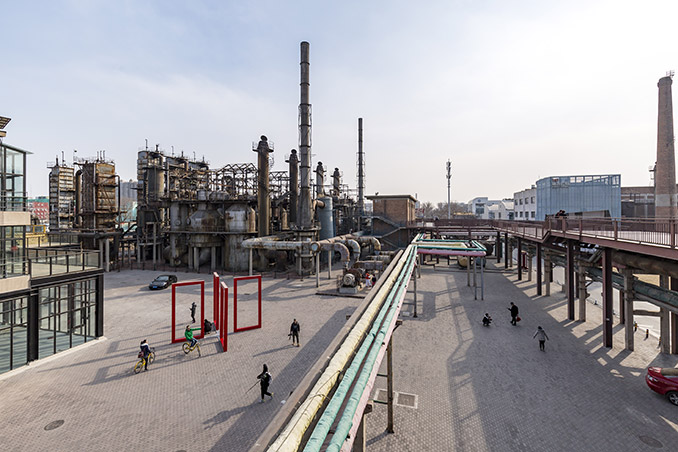
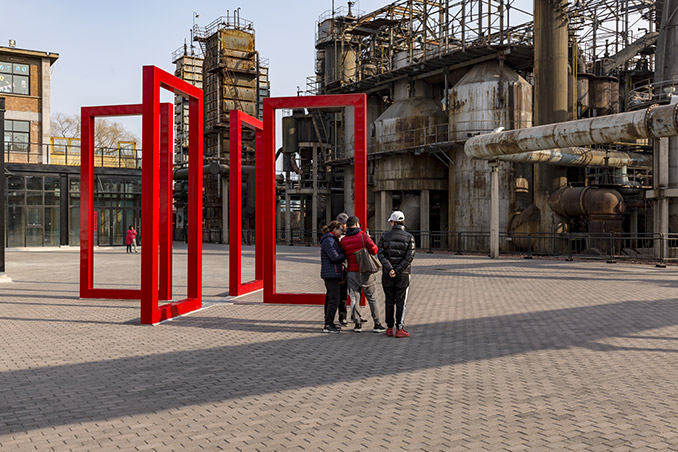
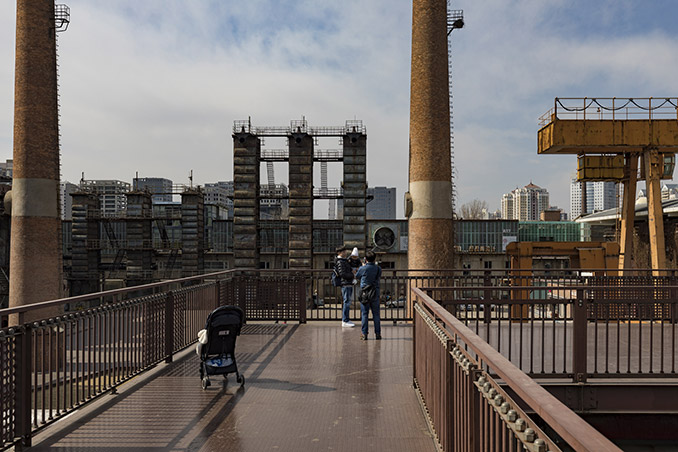
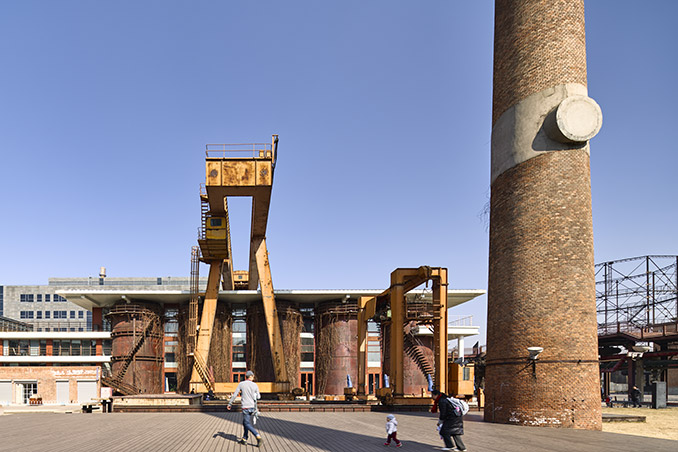
The 798 Arts District in Beijing is a thriving mixed-use district, regarded globally as a successful example of industrial urban transformation. Sasaki completed the 798 Arts District Vision Plan over a decade ago, and was awarded the American Planning Association’s highest honor, the 2018 Pierre L’Enfant International Planning Excellence Award. Sasaki collaborated with a Belgian philanthropist with a passion for contemporary Chinese Art and a consortium that overseas the pension fund for former factory workers to realize the plan, which laid the groundwork for the district’s evolution from a forgotten industrial remnant to a premiere destination. Today, 798 is the third most visited tourist destination in Beijing, after the Forbidden City and the Great Wall. It is consistently considered a benchmark for adaptive reuse and arts district development around the globe.
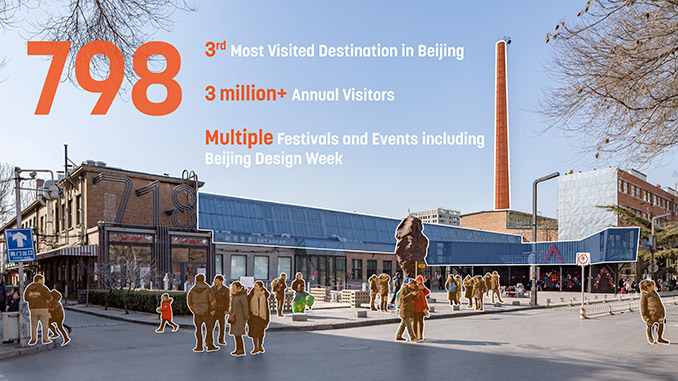
“When we first visited 798, it was in a state of partial decay, and there was beauty in that. In many ways, the district still feels gritty and unpolished—and I think that’s a great thing—it adds to 798’s authenticity,” says Sasaki landscape architect and principal Michael Grove, ASLA. “The fact that there are these relics of the district’s industrial past is an important memory for the city to retain.”
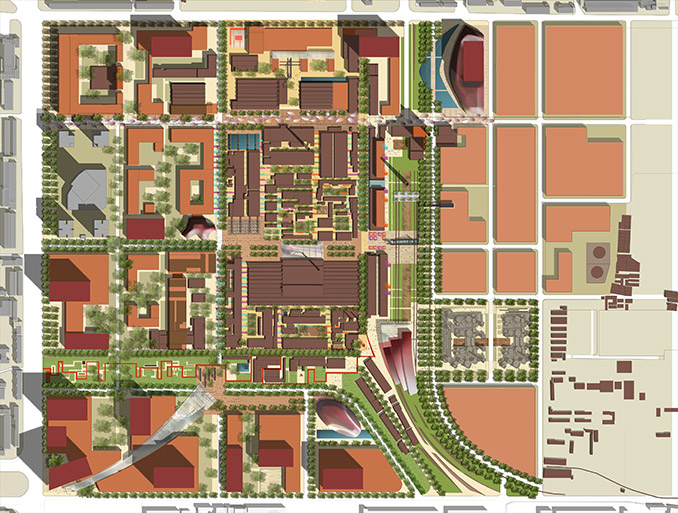
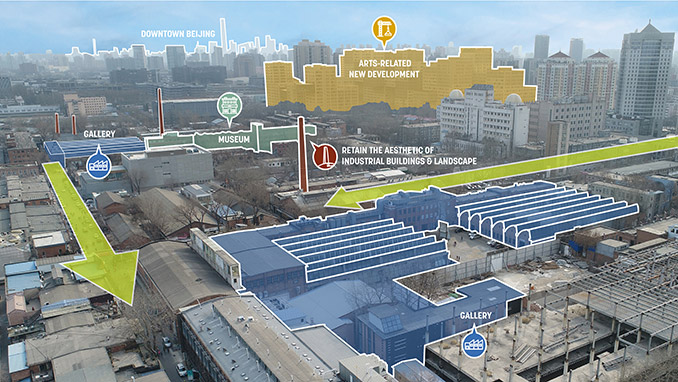
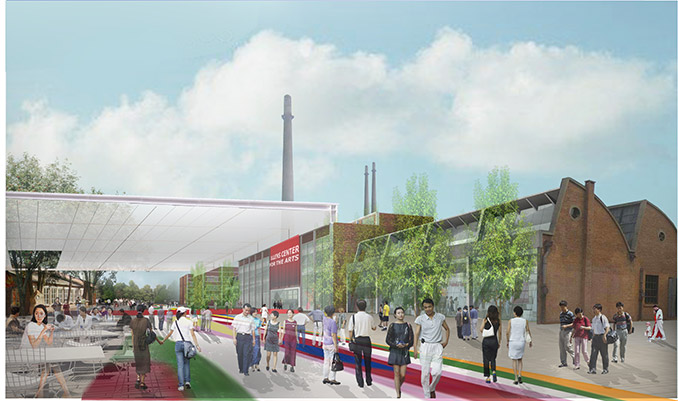
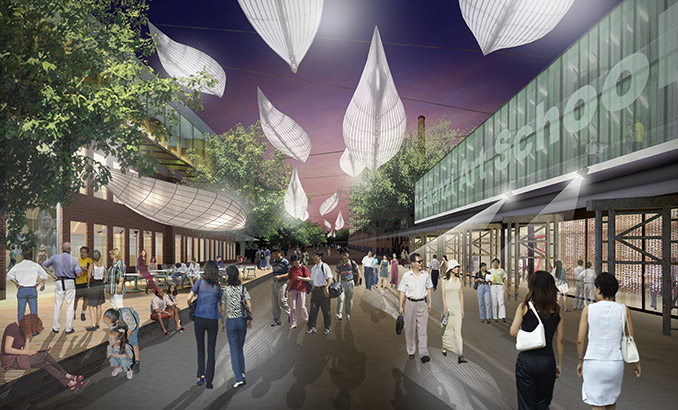
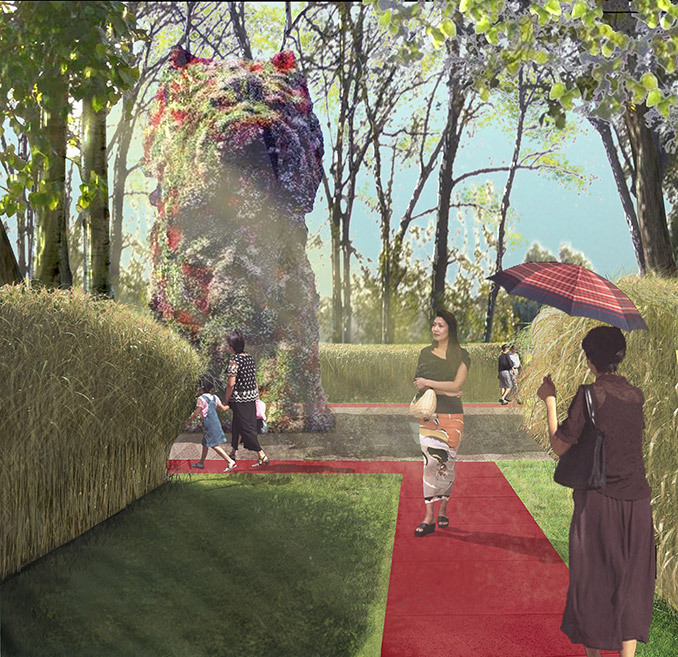
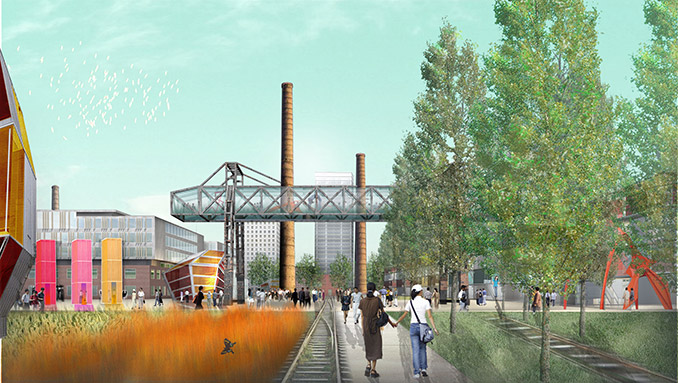
When Sasaki was working on the plan for 798, much of Beijing was going through a vast transformation to prepare for the 2008 Olympic Games and developers were razing and rebuilding much of the city. Rather than tear down the industrial infrastructure and buildings designed by a collaboration between East German and Chinese architects, Sasaki recommended preserving as much of the existing infrastructure as possible to capture the spirit, history, and character of the place. The interdisciplinary team of planners, urban designers, and landscape architects crafted recommendations that infused historic buildings with new program, recommended new development in a massing strategy that complimented the scale of the existing district, enhanced pedestrian circulation, and integrated plazas and courtyards into what was once interstitial space.
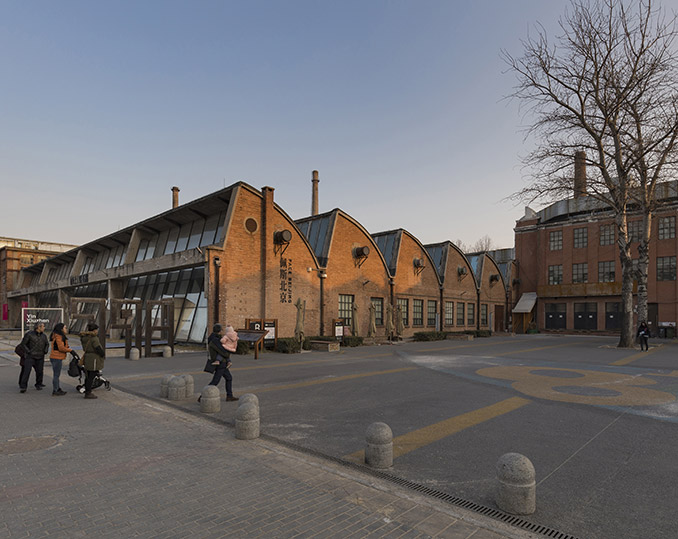
“Many of the initial recommendations within the district plan have been implemented faithfully,” reflects Isabel Zempel, a landscape architect and principal at Sasaki. “It was very clear to us that there were three big moves: the core, the streets and alleyways, and the potential for new development clusters surrounding the district. When you set up these big moves and other designers come in and make something from the plan, that’s very rewarding to see. The main plaza that we envisioned was executed as we imagined, and is now used as an arts plaza. That’s exactly what a framework plan should do—it should guide evolution.”
Together with their clients, Sasaki sought to repurpose the district as a stable source of revenue while solidifying its place as an influential force in China’s arts scene. Over the course of more than a decade, factory buildings have been transformed into new museums, galleries, and cafes, and previously hidden courtyards and vacant lots are now settings for outdoor sculptures, fashion shows, and other cultural events.
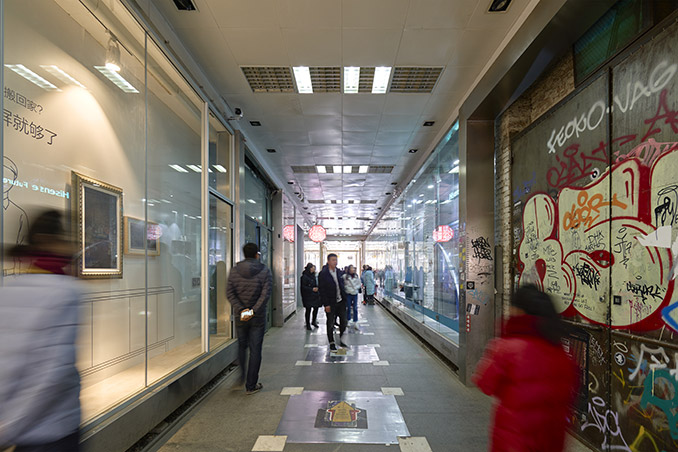
“798 has changed considerably over the years. Much of it is great, but certainly, some of that evolution comes with forces of gentrification, which is hard on the communities that were already there. From a development perspective, I think it will always be one of the world’s great stories of how an industrial district transformed itself, avoided demolition, turned away from the easy route of infilling with high-rises, and took a much more experimental and inventive path.” says urban designer and principal, Dennis Pieprz, Hon. ASLA. “And it was not just Sasaki’s doing—many others have come before and since to work on the district and advance its evolution, while preserving the creative energies that have always been a foundational part of this place. We are all proud and honored to see the plan come to fruition, and to be recognized by the APA for our work.”
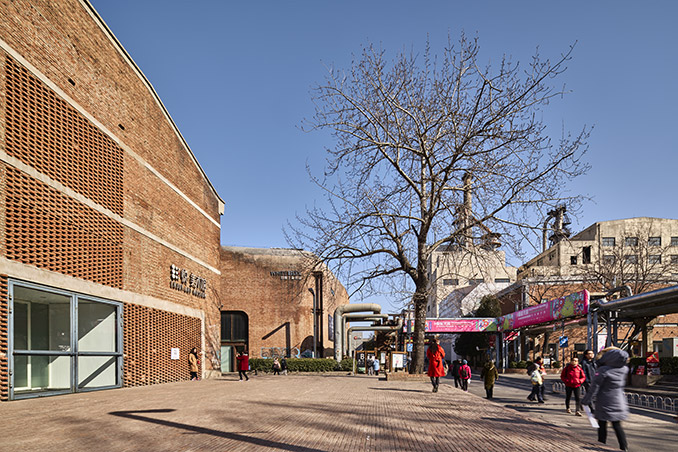
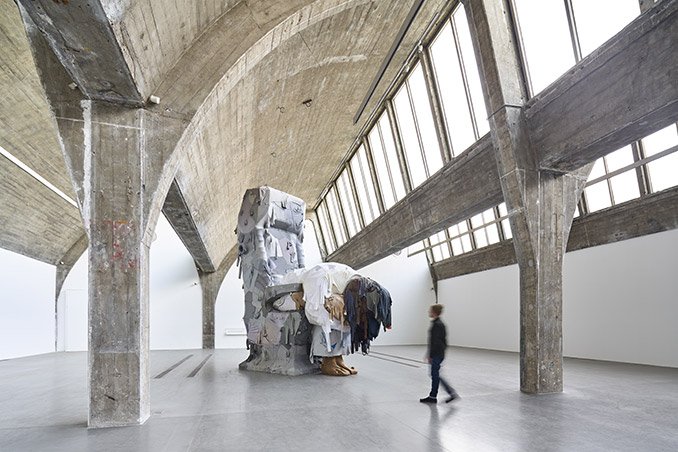
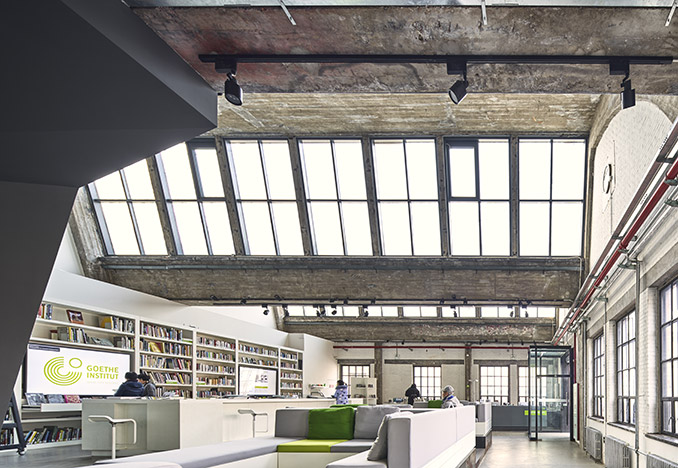
Images Credit | Courtesy of Sasaki
